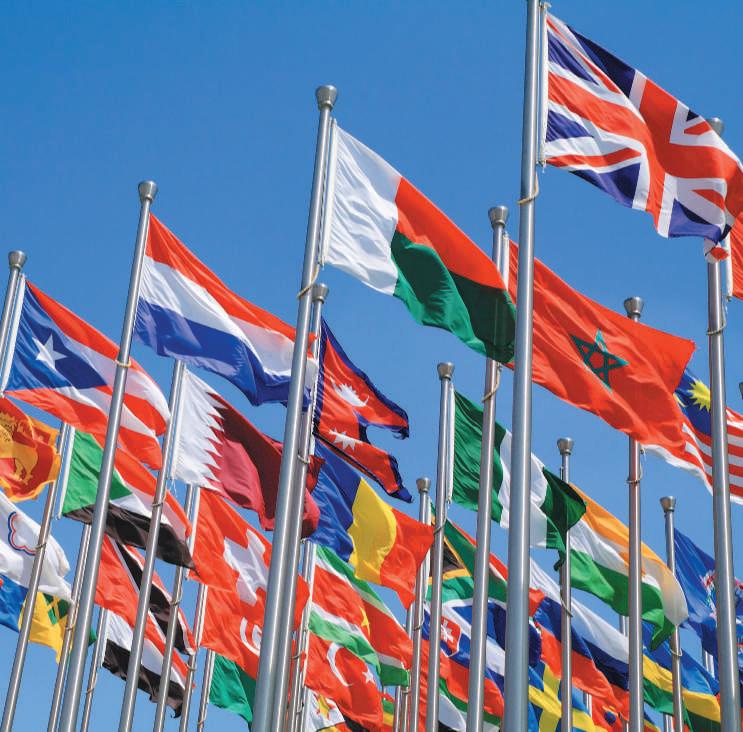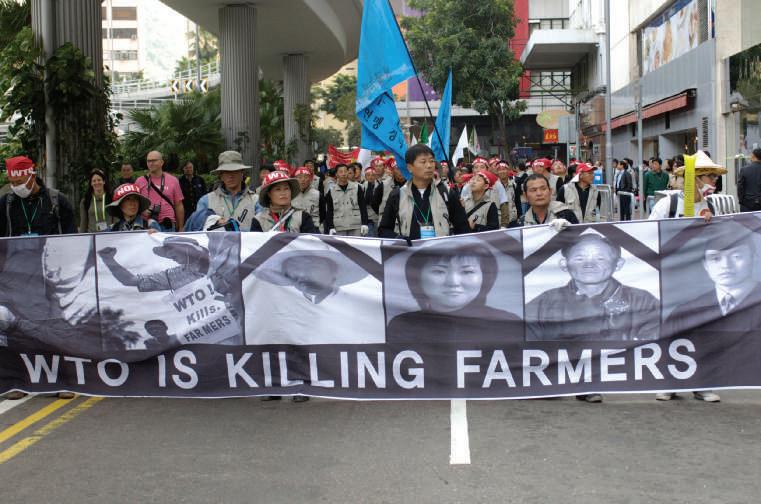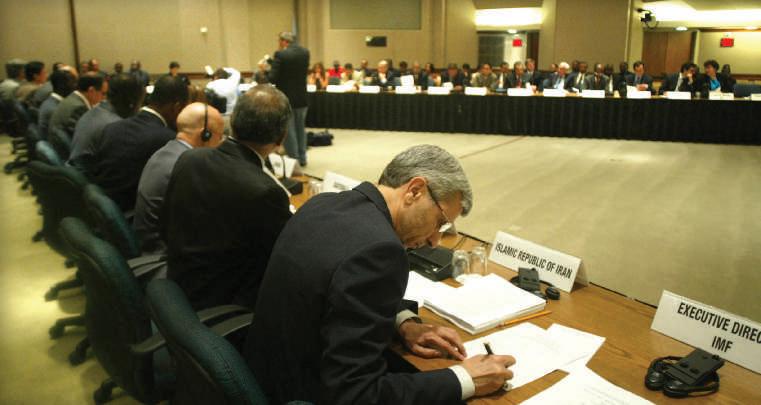134
C ha p te r 5 T he C u lt u r al E n v i r on m ent
managers at its various locations around the world. The company has made a concerted effort to integrate the different management styles existing in its various international decisions through the following philosophy: “In all situations, assume good intentions; be intentional about understanding others and being understood; respect cultural differences.”18 Hyundai, the Korean car manufacturer, has not met its sales goals in the U.S. market because of its failure to recognize U.S. management styles in its U.S. operations:
•
Headquarters sends out “coordinators,” who are responsible for keeping an eye on American managers. Coordinators closely monitor American managers’ decision making and the results of those decisions. Hyundai’s international organization is highly centralized; it is much more authoritarian than the environment to which its U.S. managers are accustomed.
•
Sales goals are established with little input from U.S. executives. Instead of basing goals upon projected demand, they are driven by production quotas. This has resulted in an unsold inventory of 32,000 Sonatas stored at Hyundai’s Montgomery, Alabama plant.
•
There is an over-management of details; headquarters rarely listens to advice from its American managers, and little, if any, dissent is permitted.19
The above examples provide some in-depth glimpses into the ways in which management styles can give rise to challenges or lead to success. While it is difficult to draw overarching conclusions from various companies’ experiences with management styles, some attitudes and beliefs that drive various management styles can be noted, and some comments and cautions can be offered:
•
“Master of destiny” philosophy: the idea that workers and companies can influence the future. Hard work, a commitment to company goals, and effective time management are important aspects of this managerial orientation.
•
A company is an independent enterprise. It is a vital social institution. Workers will do what is best for the company instead of what is best for their government or their families.
•
Rewards are based on merit. This management style may be problematic in other cultures, where friendships and family ties may be more important.
•
Decisions are based upon objective analysis. Accurate information and its timeliness are important aspects of decision making. In some cultures, judgment and intuition may be viewed as being more vital.
•
Wide-sharing in decision making. Effective decisions are often viewed as the primary way to evaluate subordinates. Decision making, thus, is decentralized and delegated to lower levels of management. In other cultures, such as the Middle East, only top executives will make the most important decisions.
•
An internal quest for improvement. This often involves a company’s need to adjust to change in its environment in order to achieve higher sales, profits, and market shares. This style may be problematic in other cultures that are more interested in maintaining the status quo.
•
Competition is necessary. This is reflected in competition among workers and competition among companies. In China and Japan, however, cooperation is emphasized over competition.20
5-6b Product Development and Management When developing new products, management styles must be considered along with many other aspects of marketing expertise. Products that are wildly successful in home-country markets may need to be modified for an international market. The Barbie doll (Mattel Inc.), for example, was a smash hit in the United States, but did not achieve much popularity in Copyright 2017 Cengage Learning. All Rights Reserved. May not be copied, scanned, or duplicated, in whole or in part. Due to electronic rights, some third party content may be suppressed from the eBook and/or eChapter(s). Editorial review has deemed that any suppressed content does not materially affect the overall learning experience. Cengage Learning reserves the right to remove additional content at any time if subsequent rights restrictions require it.







































